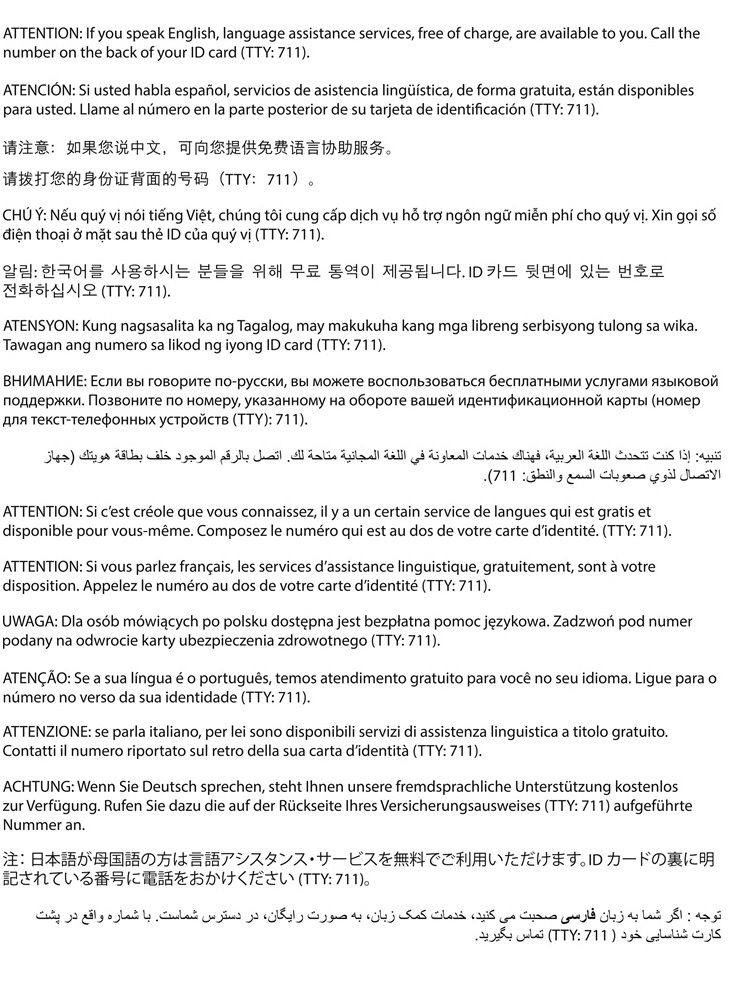This policy version was replaced November 28, 2022. To find the newest version, go to https://www.bluecrossmn.com/providers/medical-policy-and-utilization-management, read and accept the Blue Cross Medical Policy Statement, then select “Blue Cross and Blue Shield of Minnesota Medical Policies.” This will bring up the Medical Policy search screen. Enter the policy number without the version number (last 3 digits).
Pulmonary hypertension (PH) refers to the presence of abnormally high pulmonary vascular pressure. The World Health Organization (WHO) classifies patients with PH into the following five groups based on etiology:
Pulmonary Arterial Hypertension (PAH; WHO Group 1)
PAH is a rare and debilitating disease characterized by abnormal proliferation and contraction of pulmonary artery smooth muscle cells. This condition causes a decrease in the size of the pulmonary artery lumen, decreased reactivity of the vascular bed, increased pulmonary vascular resistance (PVR), elevated pressure in the pulmonary circulation (initially with normal left-sided pressures), and leads to overload-induced progressive right ventricular dilation and low cardiac output.
Idiopathic PAH is more prevalent in women, and is the most common type of PAH. Familial PAH often results from a mutation in bone morphogenetic protein receptor-2 (BMPR2) and is inherited as an autosomal dominant disease. PAH is also associated with congenital heart disease, connective tissue diseases, drugs and toxins, human immunodeficiency virus (HIV), portal hypertension, hemoglobinopathies, and myeloproliferative disorders.
Management of PAH
Conventional therapies are considered in all patients with PAH regardless of etiology. These therapies include diuretics, oxygen therapy, anticoagulants, digoxin, and exercise. Digoxin has been shown to have beneficial effects when used with caution (i.e., patients may be at higher risk for digitalis toxicity and require close monitoring). Patients with a positive vasoreactivity test can be given a trial of calcium channel blockers, whereas patients with a negative vasoreactivity test require advanced therapy.
Advanced therapies, according to therapeutic class, that are FDA-approved for the treatment of adults with PAH include:
No advanced therapy is FDA-approved for pharmacological treatment of PAH in pediatric patients. Combination therapy with two or more advanced therapies has generally been reserved for patients who have failed monotherapy; however, first-line use is recommended in some clinical situations. Pulmonary endarterectomy, lung transplantation, and combined heart-lung transplantation have been performed in patients refractory to medical management. Objective assessments to measure treatment response include improvement in exercise capacity (6-minute walk test, cardiopulmonary exercise test, treadmill test), hemodynamics, and survival.
Definitions
WHO Functional Classification of patients with pulmonary hypertension (PH):
NOTE: For criteria on oral or inhaled advanced therapies for pulmonary arterial hypertension, please refer to applicable pharmacy benefit plan.
I. Initial Review
Epoprostenol (Flolan®, Veletri®), treprostinil (Remodulin®), sildenafil injection (Revatio®) or selexipag injection (Uptravi®) may be considered MEDICALLY NECESSARY AND APPROPRIATE when ALL of the following criteria are met:
II. Renewal Review
Epoprostenol (Flolan®, Veletri®), treprostinil (Remodulin®), sildenafil injection (Revatio®), or selexipag injection (Uptravi®) may be considered MEDICALLY NECESSARY AND APPROPRIATE when ALL of the following criteria are met:
III. Experimental/Investigative Indications
All other uses of epoprostenol (Flolan®, Veletri®), treprostinil (Remodulin®), sildenafil injection (Revatio®), or selexipag injection (Uptravi®) are considered EXPERIMENTAL/INVESTIGATIVE, including but not limited to the following, due to the lack of clinical evidence demonstrating an impact on improved health outcomes:
C9399 J1325 J3285 J3490 J3590 K0455 S0155
Table 1. FDA Labeled Contraindications
Agent |
FDA Labeled Contraindications |
Epoprostenol (Flolan®) |
Heart failure with reduced ejection fraction; Hypersensitivity |
Epoprostenol (Veletri®) |
Congestive heart failure due to severe left ventricular systolic dysfunction; Pulmonary edema; Hypersensitivity |
Treprostinil (Remodulin®) |
None |
Sildenafil injection (Revatio®) |
Use with organic nitrates or riociguat; Hypersensitivity |
Selexipag injection (Uptravi®) |
Concomitant use with strong CYP2C8 inhibitors (e.g., gemfibrozil) |
Documentation Submission:
Documentation supporting the medical necessity criteria described in the policy must be included in the prior authorization. In addition, the following documentation must also be submitted:
Initial Review
Renewal Review
No additional statements.
Blue Cross and Blue Shield of Minnesota medical policies apply generally to all Blue Cross and Blue Plus plans and products. Benefit plans vary in coverage and some plans may not provide coverage for certain services addressed in the medical policies. When determining coverage, reference the member’s specific benefit plan, including exclusions and limitations.
Medicaid products may provide different coverage for certain services, which may be addressed in different policies. For Minnesota Health Care Program (MHCP) policies, please consult the MHCP Provider Manual website.
Medicare products may provide different coverage for certain services, which may be addressed in different policies. For Medicare National Coverage Determinations (NCD), Local Coverage Determinations (LCD), and/or Local Coverage Articles, please consult CMS, National Government Services, or CGS websites.
Note that services with specific coverage criteria may be reviewed retrospectively to determine if criteria are being met. Retrospective denial of claims may result if criteria are not met.
Blue Cross and Blue Shield of Minnesota reserves the right to revise, update and/or add to its medical policies at any time without notice. Codes listed on this policy are included for informational purposes only and are subject to change without notice. Inclusion or exclusion of a code does not constitute or imply member coverage or provider reimbursement.
These guidelines are the proprietary information of Blue Cross and Blue Shield of Minnesota. Any sale, copying or dissemination of the medical policies is prohibited; however, limited copying of medical policies is permitted for individual use.
Acknowledgements:
CPT® codes copyright American Medical Association® 2022. All rights reserved.
CDT codes copyright American Dental Association® 2022. All rights reserved.
